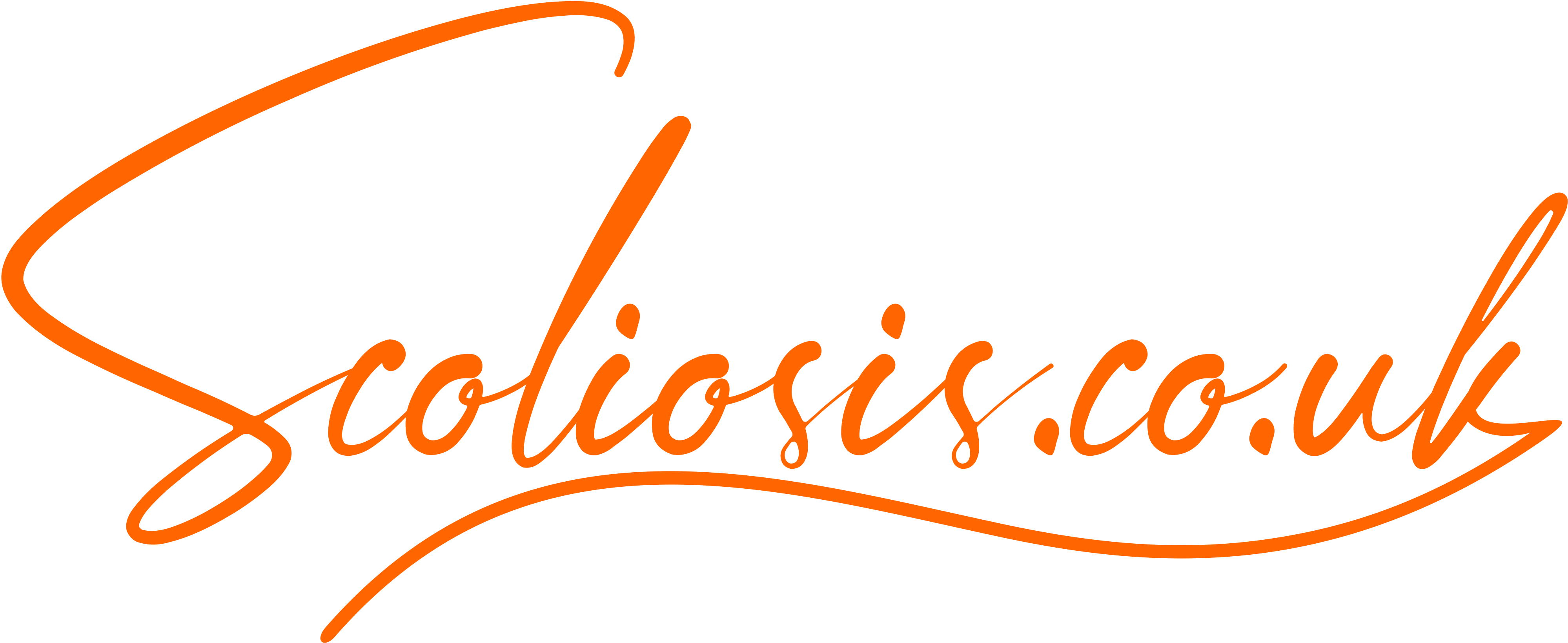Physical therapy is a crucial component of non-surgical scoliosis management, offering numerous benefits for individuals with spinal curvature. Through targeted exercises and techniques, physical therapy aims to improve posture, strengthen muscles, and alleviate discomfort. This article will explore the techniques used in physical therapy for scoliosis and the benefits of incorporating it into a comprehensive treatment plan.
Techniques Used in Physical Therapy for Scoliosis:
Various techniques are utilized in physical therapy to address the unique challenges posed by scoliosis. Some of the most common include:
Stretching exercises: These exercises help to increase flexibility, reduce muscle tightness, and improve range of motion in the spine.
Strengthening exercises: Focused on the core and back muscles, these exercises provide support to the spine and improve overall stability.
Posture training: Physical therapists teach proper posture techniques to help maintain spinal alignment and minimize strain on the back.
Breathing exercises: These exercises can help improve lung function and alleviate breathing difficulties associated with scoliosis.
Manual therapy: Hands-on techniques are employed by the therapist to mobilize the spine, relieve muscle tension, and improve joint mobility.
Benefits of Physical Therapy for Scoliosis:
Incorporating physical therapy into a scoliosis treatment plan offers several benefits:
Improved posture: Targeted exercises and posture training can help correct imbalances caused by spinal curvature and promote better alignment.
Reduced pain and discomfort: Physical therapy can alleviate muscle tension and discomfort associated with scoliosis through stretching, strengthening, and manual therapy techniques.
Increased muscle strength: Strengthening exercises help build and maintain muscle support around the spine, promoting stability and reducing strain on the spinal joints.
Enhanced lung function: Breathing exercises can help address respiratory issues related to scoliosis and improve overall lung function.
Greater mobility and flexibility: Physical therapy can increase the range of motion in the spine and surrounding muscles, promoting better movement and flexibility.
Conclusion:
Physical therapy plays a vital role in non-surgical scoliosis management, offering numerous benefits for individuals with spinal curvature. By incorporating targeted exercises, posture training, and manual therapy techniques, physical therapy can improve posture, alleviate discomfort, and enhance overall spinal health. Consult with a healthcare professional to develop a tailored physical therapy plan that meets your unique needs and supports your scoliosis treatment goals.

